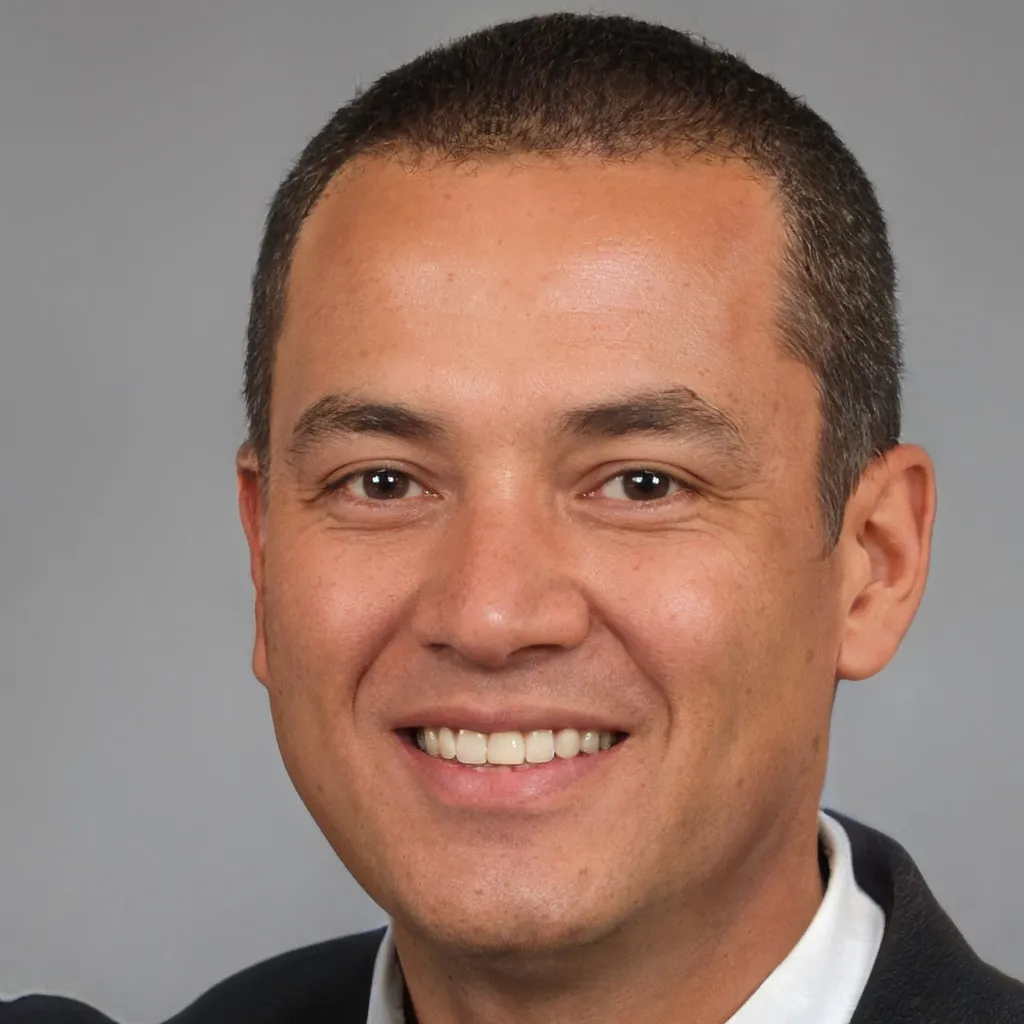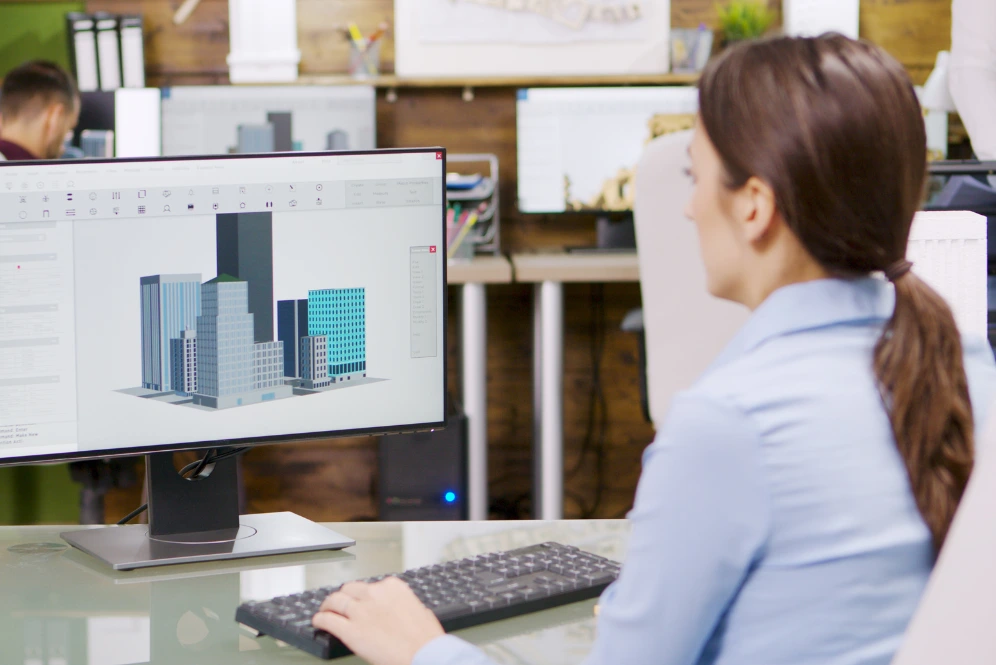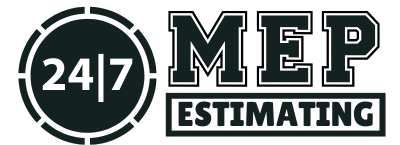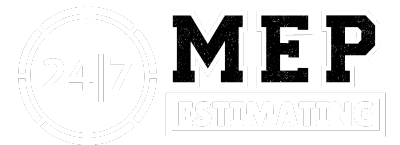Plumbing Estimating Services
Enhance your ROI with our Plumbing Estimating Services USA because the Plumbers industry reported a stellar market revenue of $135.9 billion in 2024.




1600+ Projects Completed
“Lets Unlock your potential and Bid your confidence, with Plumbing Takeoff & Estimation!”
MEP Estimators Win Profitable Projects
Accubid, iConstruction, Estimator360, Trimble, Planswift, CoConstruct, RSMeans, and ProEst are all tools we will employ to give you an accurate plumbing cost estimate. Project size aside, we help you stay on budget. Our team is made up of certified experts. They hold top credentials like PCEA, CCEA, AACE, and more. This shows they are trained and know what they’re doing. Plumbing can account for as much as 10% of your project cost. Our estimates will help you avoid overspending. We can help whether your project is a city project or a rural area project. Our goal is to give you clear and reliable estimates so your project goes smoothly.

Plumbing Estimating Services USA to Win Bids
As a busy plumbing contractor, we are here to help you save money and get accurate estimates. Our monthly takeoff packages save you 60% compared to hiring a full-time plumbing estimator. This way, you spend less but still get detailed estimates. In busy places like New York, Los Angeles, and Houston, accurate estimates help you stay ahead of your competition.
Our estimates have a 100% success rate in winning bids. This means contractors trust our work. We use the latest tools to make sure all costs, like materials and labor, are covered. Plumbing jobs are growing fast in states like Texas, Florida, and California. Our service helps you win more projects. We know time matters. That’s why we deliver estimates in just 8 to 16 hours. Our team works fast to give you the information you need. Whether your job is big or small, we help you meet deadlines. Our fast, accurate estimates help you stay competitive.
Types of Plumbing Estimating Services
At our plumbing estimating company, we give you clear and accurate plumbing estimates for homes, businesses, and big projects. Our team uses the best tools to make sure your costs are right. Whether you need a new build, a remodel, or repairs, we list all the costs. This includes labor, materials, equipment, and permits, so there are no surprises.
Plumbing costs can change based on the size of the project and where it’s located. In the U.S., plumbing usually costs $4.50 to $7.00 per square foot. But this can go up or down based on materials and location. We know the area and give you the right estimate.
Residential plumbing costs can change. Small jobs, like fixing leaks or adding faucets, cost $200 to $1,500. Bigger jobs, like replacing pipes or installing a water heater, cost $2,000 to $4,000 or more. Prices depend on your home size, the materials, and where you live.
Many people have plumbing problems like leaks or clogged drains. Regular checks can stop big problems. It’s smart to get a few quotes before hiring a plumber. A licensed plumber does the job safely.
Industrial plumbing is for factories and big buildings. Costs can range from $10,000 to $100,000 or more. Installing large pipes or water heaters is expensive. Skilled workers contribute their expertise, enhancing the overall quality of the work. Strong materials like stainless steel also add to the price. Industrial plumbing must follow strict rules to keep people safe. Skilled plumbers are needed for systems with chemicals or high pressure. Here are some systems we cover;
Commercial plumbing refers to any type of plumbing installation in offices, stores, and restaurants. It is more expensive than home plumbing but cheaper than industrial plumbing. Cost ranges for commercial plumbing amount from $5,000 to $50,000, determined by building size and amount of work done. Common jobs include installing water lines, toilets, and drains. Commercial plumbing must follow local rules. Regular maintenance prevents big problems. Good plumbing saves money and helps things last longer.
Fire protection plumbing includes sprinklers and other systems. Installing these systems costs $5,000 to $50,000. The price depends on the building size and type. Sprinklers are essential in many locations, ensuring safety and protection. Fire protection systems must follow strict rules. Fires cause a lot of damage, so a good system is important. Regular checks make sure it works when needed.
A good drainage system stops water damage. Installing one costs $1,500 to $12,000. The price depends on the type and size of the system. French drains can cost $5,000 to $10,000, depending on how deep they go. Good drainage is important in areas with heavy rain. Places like Florida and Louisiana often flood. A proper drainage system can protect your home and stop flooding.
Stormwater systems handle rainwater and prevent flooding. Installing one costs $5,000 to $50,000. The system may include ponds, tanks, or pipes. Prices depend on local rules. Storms are getting stronger, so stormwater systems are important. A good system helps prevent flooding and protects property. It also saves water and follows safety rules.
Site utility plumbing includes water, sewage, and gas systems. Installing these systems costs $10,000 to $100,000. This includes connecting to water, sewage, and gas lines. Good site utilities are important, especially in cities. Proper plumbing prevents problems like water outages. If you’re building something new, make sure the plumbing is done right.
HVAC is the abbreviation used for heating, ventilation, and air conditioning. Installation or system up-gradation of heating, ventilation, and air conditioning can be done in a building with the installation process of $2,000 to $20,000. The cost will depend on the size of the building and the system. Efficient HVAC systems with well-designed ductwork help reduce energy consumption and lower utility bills. Hiring good workers ensures the system works well. Regular checks keep it running smoothly and save money.
Plumbing Takeoff Services USA
We provide plumbing takeoff services for builders, contractors, and engineers all over the U.S. A plumbing takeoff lists the materials and work needed for plumbing. We use tools to give you accurate estimates. This helps you avoid mistakes and stay within budget. We have experience with all types of projects, big or small.
Piping Materials
Fixtures and Equipment
Support Materials and Tools
Labor and Miscellaneous Costs
100% Customized Estimates to Win Contracts
The U.S. plumbing jobs are likely to grow by 14% within the next 10 years. Thus, any estimates must be accurate, meaning 100%, to stay within budget and finish on time. We will be here to help you finish your project with no surprises. We have very huge experience and understand the needs of different areas. Our Plumbing Estimating Services USA keeps up with local building codes and trends.
Get Free Quote

